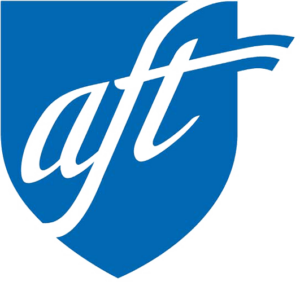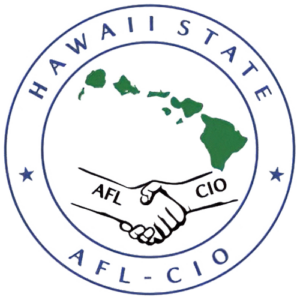In recent weeks, we have seen a great deal of information regarding the dramatic increase in the unfunded liability of the Hawaii ERS (Employeesʻ Retirement System). We understand the concerns and wanted to provide some perspective on this situation to ensure that you, as beneficiaries, understand what happened and how it is being handled. Please look through the Q&A below and let me know if you have any questions or concerns.
-
What is the Hawaii ERS unfunded liability?
- The ERS unfunded liability is the amount of money, at any given point in time, in which future retirement payments exceed the amount of funds currently available to pay for them.
-
Why did the Hawaii ERS unfunded liability balloon this year by roughly $3 Billion?
- According to the ERS actuarial valuation report, there were two main factors contributing to the dramatic increase in the unfunded liability:
- The ERS Board voted to decrease the investment return assumption from 7.50% to 7.00%, which subsequently increased the unfunded liability by $1.7 billion
- Increasing life expectancy, because people are living longer in retirement, resulted in an increase of $1.2 billion
- These changes caused the ERS funding ratio to drop from 61.2% funded to 54.7% funded.
- According to the ERS actuarial valuation report, there were two main factors contributing to the dramatic increase in the unfunded liability:
-
What are the implications of the increase in the Hawaii ERS unfunded liability?
- The roughly $3 Billion increase in the unfunded liability increased the funding period from 27 years to 66 years to full funding. Statutorily, the employer contribution rates must be reviewed for adjustment once the accrued liability exceeds 30 years. There is legislation attempting to address new contribution rates during the 2017 legislative session.
-
Did the Hawaii ERS Board know the ramifications of decreasing the investment return assumption from 7.50% to 7.00%?
- Yes. Wesley Machida, the State Budget & Finance Director, is an Ex Officio voting ERS Board Member. He confirmed that the ERS Board was apprised of the impact that decreasing the investment return assumption would have on the unfunded liability, but chose to proceed anyway. Due to a strong trend of lowering return expectations across the industry, the ERS Board has been slowly decreasing the investment return assumption, beginning at 8.00% and slowly moving down to 7.50% over a five year period. What had previously taken five years to accomplish, was done all at once by the ERS Board, which had negative implications on the unfunded liability.
-
Did the Hawaii ERS Board have to take this approach and decrease the investment return assumption from 7.50% to 7.00%?
- No, it was not necessary to decrease the investment return assumption in such a dramatic fashion. The ERS Board was making progress in decreasing the investment return assumption gradually, ensuring that the accrued liability did not exceed thirty years. That one action changed the entire ERS landscape and is forcing the legislature to make decisions on how to find the funding.
- In December 2016, CalPERS, the California Public Employeesʻ Retirement System, took a similar action by decreasing their investment return assumption from 7.50% to 7.00%, but decided to spread that decrease over a three year time period. This is an approach the ERS Board could have taken.
-
What are the ramifications of the action taken by the Hawaii ERS Board?
- $385 Million is required to meet the funding obligations for the ERS due in large part to the actions by the ERS Board. Those actions are forcing the legislature to look at yet another area in need of funding, taking away from competing interests, such as pay raises for public employees.
-
Why is the Hawaii ERS in this fiscal dilemma in the first place?
- Going back to the 1960ʻs, the Legislature raided roughly $1.6 Billion to help make ends meet in other areas. If those raids were not made, the ERS would likely be above 90% funded.
-
Should you be concerned about your retirement payments?
- No, not at this time. It is foolish to believe that the everyone eligible for retirement benefits would seek payment all at once. As long as the required payments towards your retirement benefits are made, there should be no issues in meeting the retirement obligations. Think of the ERS unfunded liability as you would your mortgage payments. As long as you make the necessary monthly payments, there are no issues and you continue to live in your home.



